Memories of a time of fighting and sketching at the "fire coordinates" still live forever in the mind of artist Pham Ngoc Lieu.
On the occasion of the 50th anniversary of the liberation of the South and the reunification of the country, artist Nguyen Thu Thuy, Head of the Organizing Committee of the exhibition "Song of Unification" introduced an excerpt from the memoirs of artist Pham Ngoc Lieu, so that the public could better understand the arduous resistance period, as well as appreciate the silent contributions of military artists on the battlefield.
At the end of 1972, the war situation was at its peak, the entire northern rear was a battle line. The Signal Corps was also actively preparing the most elite forces to supply the battlefield. When I returned to my unit to report my intention to go paint on the front line, I was sent to B5 by the heads of the Propaganda Department and the Political Department of the Command. Therefore, although I was a future artist, I was still fully equipped like a soldier going to B, meaning a backpack, hammock, dry food, medicine and of course a floppy hat.
Our group consisted of three people. We were assigned to a military post unit - which was organizing small units of engineers, technicians, and skilled information soldiers to move south.
The first night, we marched by motor vehicle, on a Russian Molotova. On the vehicle were not only communication equipment but also envelopes of letters, documents, and newspapers - typical items of the military post. After passing Ben Thuy, a military post station in the west of Nghe An welcomed us. Each of us was equipped with a Chinese Vinh Cuu bicycle. The military post soldier leading the way had to carry a bag of documents and an AK, while the two painters (Xuan Hanh and I) were lugging around backpacks, drawing bags, and drawing paper.
Only poet Pham Duc was light, because for his work of writing articles and poems, a notebook and a pencil were more than enough. It was hard to keep up with the postman, even though he had to stop many times to wait. Because during the day, we had to stick close to the edge of the forest to avoid the roads that the enemy often attacked. When it rained, the road at the edge of the forest was red and slippery. It was both slippery and sticky, the red soil mixed with water became a glue that stuck tightly to the tire rims and the frame of the vehicle. Our vehicle kept falling over, even though there were many places where we couldn’t pedal, we just pushed it like pushing a cart during the Dien Bien Phu campaign.
"Finding a friend's radio station", a sketch of the battlefield in 1972. |
When we passed Quang Binh, we had to say goodbye to the “iron horse” at a military post station. Another military post soldier led the way for us. On his shoulder was not a backpack but a sack with straps full of documents and letters to be forwarded to the South. From the open forest to the dark jungle, collars and sleeves were fastened tightly, socks were worn over the trouser legs, but we still could not escape the mischievous leeches that crawled into our necks and armpits, ate their fill, and fell right in.
During the marching journey with the postal soldiers, we realized why we had to carry bricks to climb Yen Tu mountain. Finally, we reached the Forward Command Post of the Information Command. And the paintings of the line team, the female information soldier A10 of the 134th Regiment, the liaison soldiers… were born from here.
The most interesting thing was that we got to attend a wedding right in the middle of Truong Son forest: the groom was a soldier on the line, the bride was an officer of the A10 Station. They had read together the work about love by Marx and Gienny when they were in the "getting to know each other" stage. The wedding in the basement was really fun. There was white wine homemade from sticky rice, canned meat, canned fish processed with wild vegetables. And many kinds of candy that were hard to name, homemade by soldiers from sugar, peanuts, wheat flour, rice flour...
The newlyweds were given a lovely A-shaped bunker with wood paneling from the Truong Son forest by their brothers as their honeymoon room. The frontline commander Pham Nien gave them a double tulle curtain made from two personal curtains of soldiers sent to B. Their honeymoon was filled with the warmth of comradeship.
Following the liaison route, we arrived at Squad 18 - the heroic unit of Vinh Linh Information. What a real archive! We hurriedly sketched: the 15W radio station, the wire switchboard, the military post station, the liaison to bring troops in and out, the radio soldiers in many different directions and directions... It was here that I was taught in detail by the military post soldier Dong Van Muc how to walk and maneuver in the trenches safely and secretly. Later, I learned that it was Muc who fired the first signal flare to signal the start of the Ho Chi Minh campaign.
Having been allowed to cross the Ben Hai River, we arrived at an infantry regiment deployed on the Thach Han River. Following a radio communication team, we headed west of Vinh Linh, looking for the narrowest and safest stretch of the river, we put all our backpacks, drawing papers, and drawing paper into rice bags, tied them tightly to act as buoys. We all crossed the river naked. Under the dim starlight, weaving through the forest, the reed leaves stung our faces, but we continued walking silently, looking at the proud and majestic images of those who had gone before us printed boldly on the sky. The liaison officer introduced me to Con Tien, Doc Mieu, and in the distance was Ai Tu airport... How wonderful! I was absent-mindedly looking at the names of places that I had only heard and read about on the radio and newspapers in war news. Who would have thought that today I would set foot on this famous land.
That night, we slept with fellow soldiers in a bunker at the checkpoint. All of them were young soldiers, they took good care of us. We treated them to Thong Nhat tobacco - a rare gift on the battlefield. We shared the tobacco and brought some back to the groups. There was a guy from the checkpoint on the other side of the river near Ai Tu airport who heard the phone call that there was tobacco, so he dived across the Thach Han River just to smoke a pipe to his heart's content, then brought some back to his brothers. I was surprised how he swam across the river without being discovered when the flares and headlights swept like that?
"Meal in the forest", gouache. |
In early 1973, right after a few days of ceasefire so that both sides could celebrate Tet, I went to draw at a key position on the bank of Thach Han River. A meeting was held to discuss the mission situation of a squad in the upper part of the A-shaped bunker. Some sat on sandbags, others sat on rolls of rope. Some held their guns diagonally, some held their guns between their thighs, some stood with their B40s upright like holding dragon swords...
A very lively and tight natural composition. I quickly wrote down the whole scene. After the briefing, each person stayed behind to help me complete the details of the pose, whoever finished first left first. And finally, I said goodbye to my comrades with tobacco and wild tea, unable to wait for the meal. I had to go to the next squad.
Just a few minutes after leaving that bunker, a series of artillery shells from Ai Tu airport rained down on our battlefield. The shells that broke the promise to start the new year fell precisely on the bunkers, including the one where I had just drawn the briefing. The entire squad had left before breakfast could be served. I tearfully looked back at the portraits of each person I had just sketched. They were handsome, intelligent young soldiers, just out of school. It was only a moment ago, but now they only appear in my sketches. But they live forever in my heart, in the gratitude of the Fatherland. Once again, I regret not having had time to write down the names of each person in the picture, because I do not have the very valuable habit of journalists.
Later, every time I looked at this sketch, the impression of those beautiful and intelligent young soldiers came back to me. And they also seemed to come back to life every time I published this painting in public exhibitions as well as my solo exhibitions. I still kept it respectfully, as if preserving the souls of those who had passed away…
How can I ever tell all the emotional memories of my time drawing on the battlefield, filled with camaraderie, and how can I forget them? That is the pure, endless source that has followed me throughout my life and career as a soldier painter.
During the preparation for the art exhibition “Song of Reunification”, the exhibition organizing committee visited the private homes of the late military painters and was deeply moved when admiring their precious heritage. It was not only paintings and sketches but also many souvenirs related to their life and painting career on the battlefield.
The exhibition is a profound gratitude to the generation of fathers and grandfathers who sacrificed their youth and blood for today's independence and peace, and to the military artists who did not fear danger on the battlefield to create realistic sketches with historical meaning and value.
Source: https://nhandan.vn/hoa-si-pham-ngoc-lieu-mot-thoi-chien-dau-va-ky-hoa-post876994.html


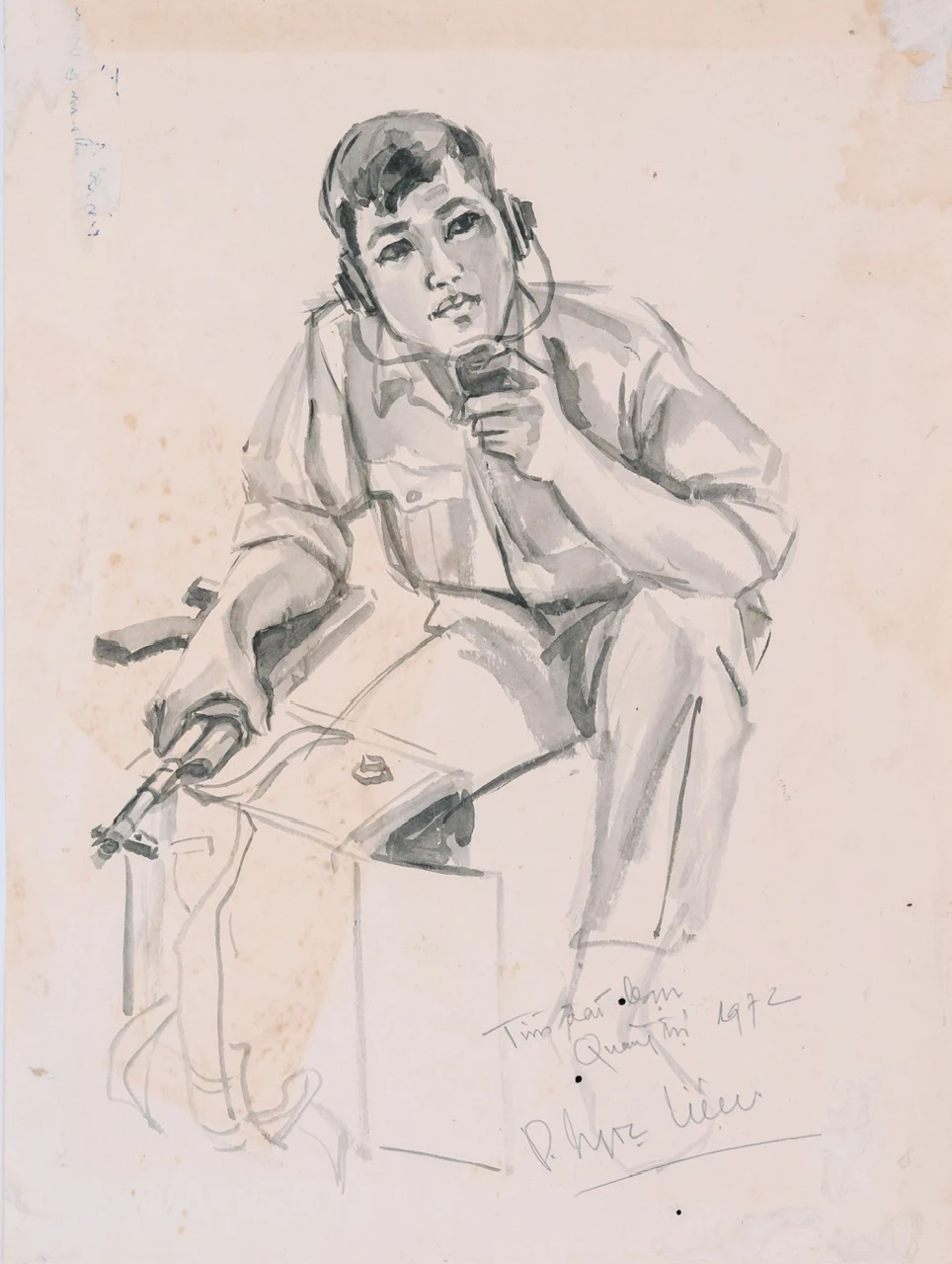
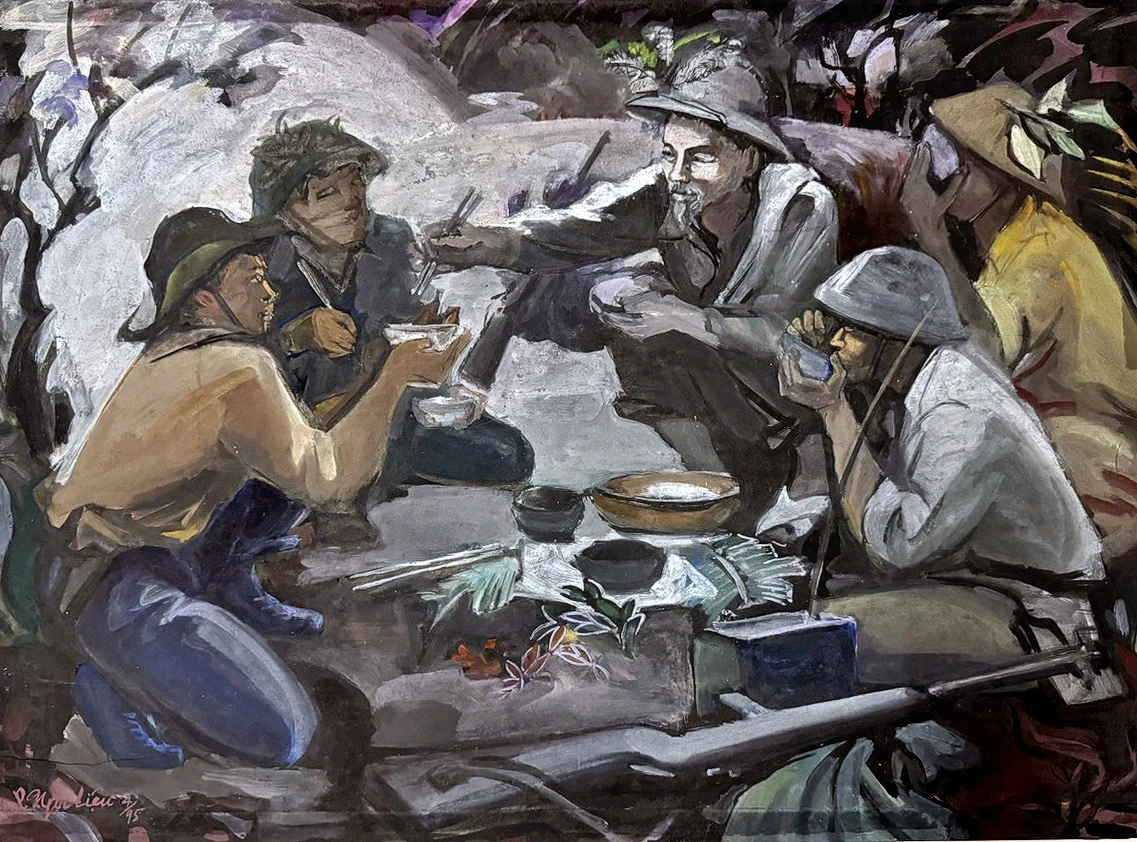






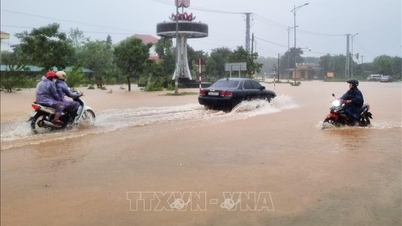

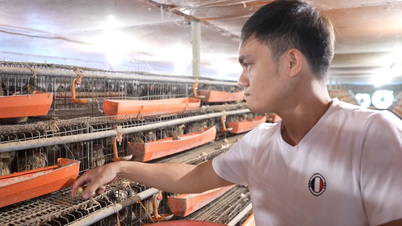

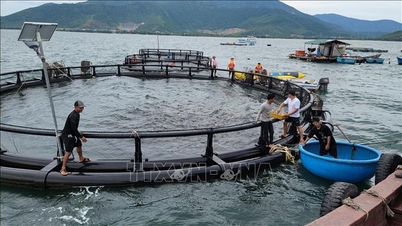
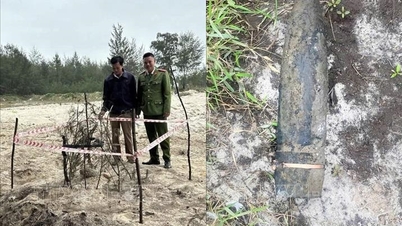
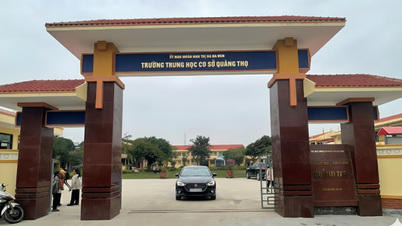

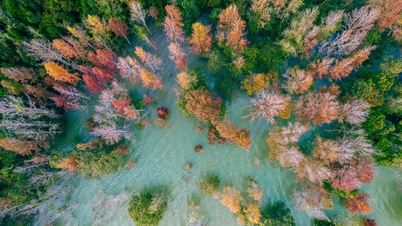



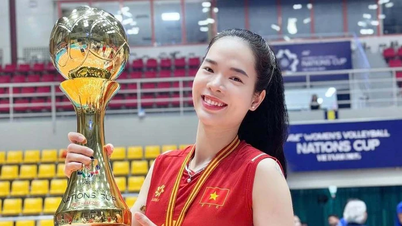

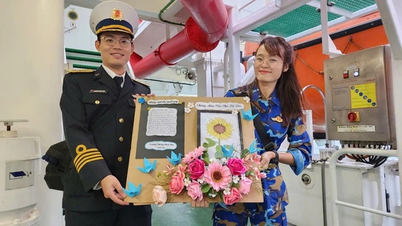


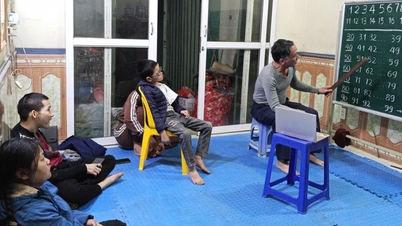

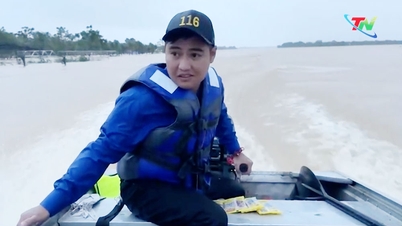





![[Video] 800m2 museum preserves the "memory bank" of the Vietnamese National Assembly](https://vphoto.vietnam.vn/thumb/402x226/vietnam/resource/IMAGE/2025/12/04/1764808349841_bao-tang-qh-1101-jpg.webp)
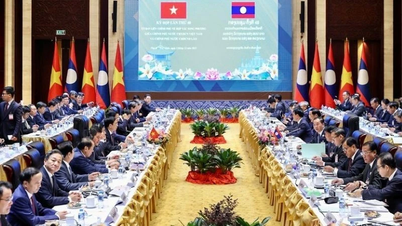
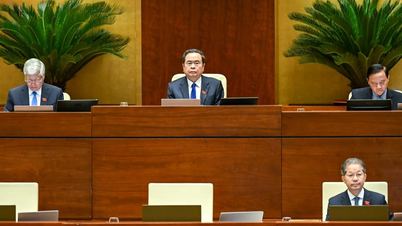
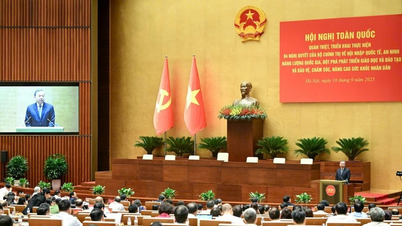
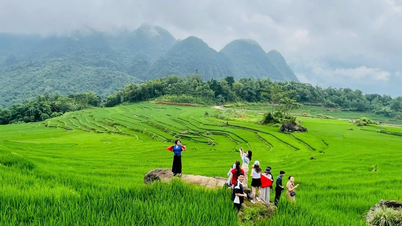
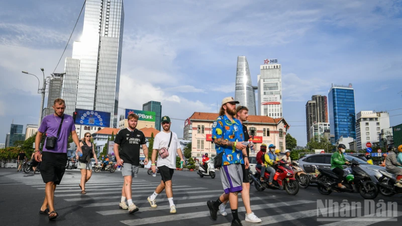
![[Photo] Parade to celebrate the 50th anniversary of Laos' National Day](/_next/image?url=https%3A%2F%2Fvphoto.vietnam.vn%2Fthumb%2F1200x675%2Fvietnam%2Fresource%2FIMAGE%2F2025%2F12%2F02%2F1764691918289_ndo_br_0-jpg.webp&w=3840&q=75)
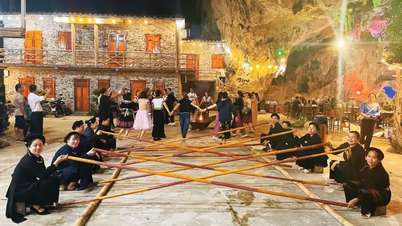
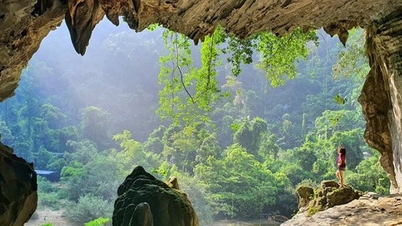

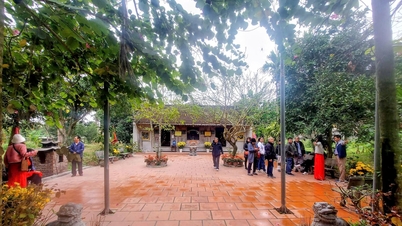
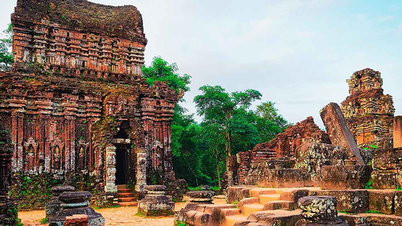



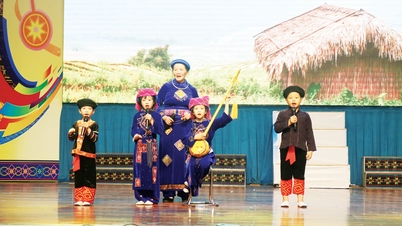
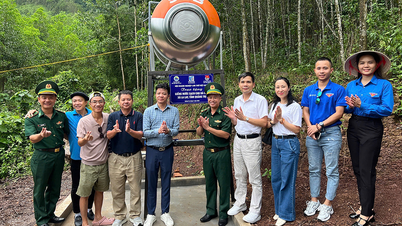

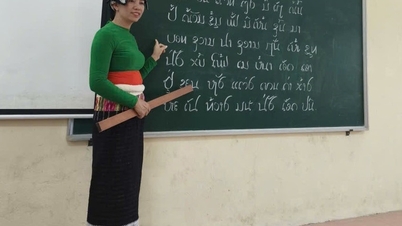

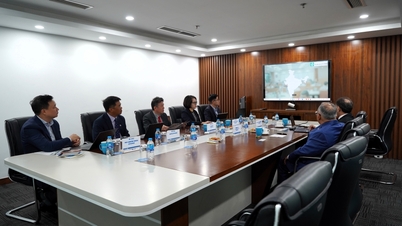
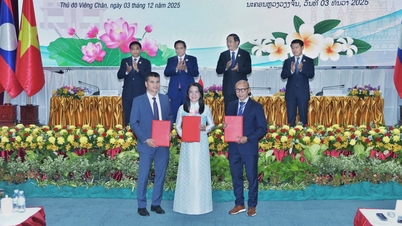



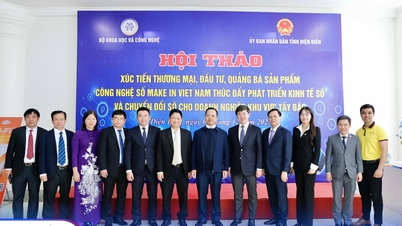











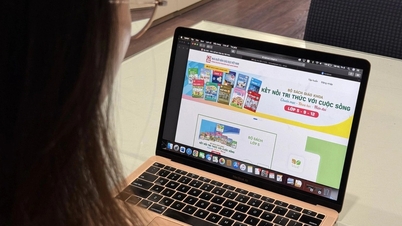

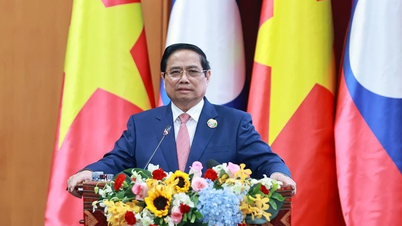


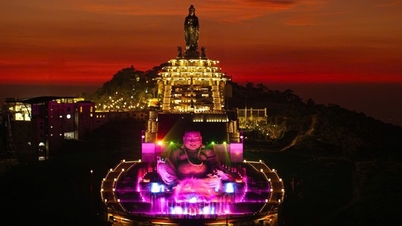
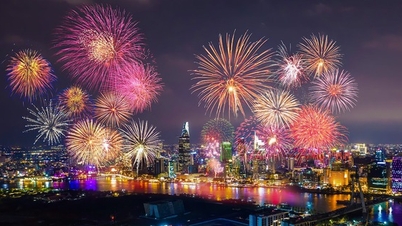




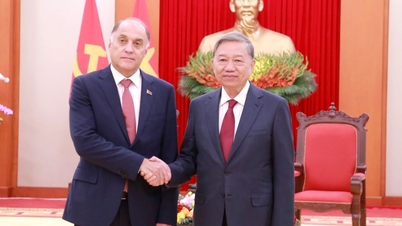


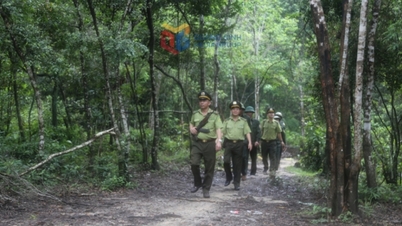


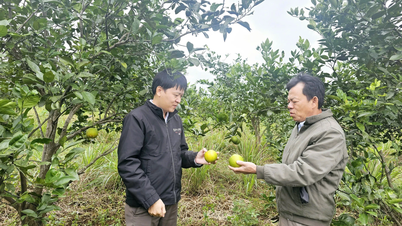


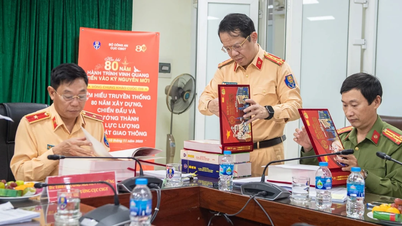












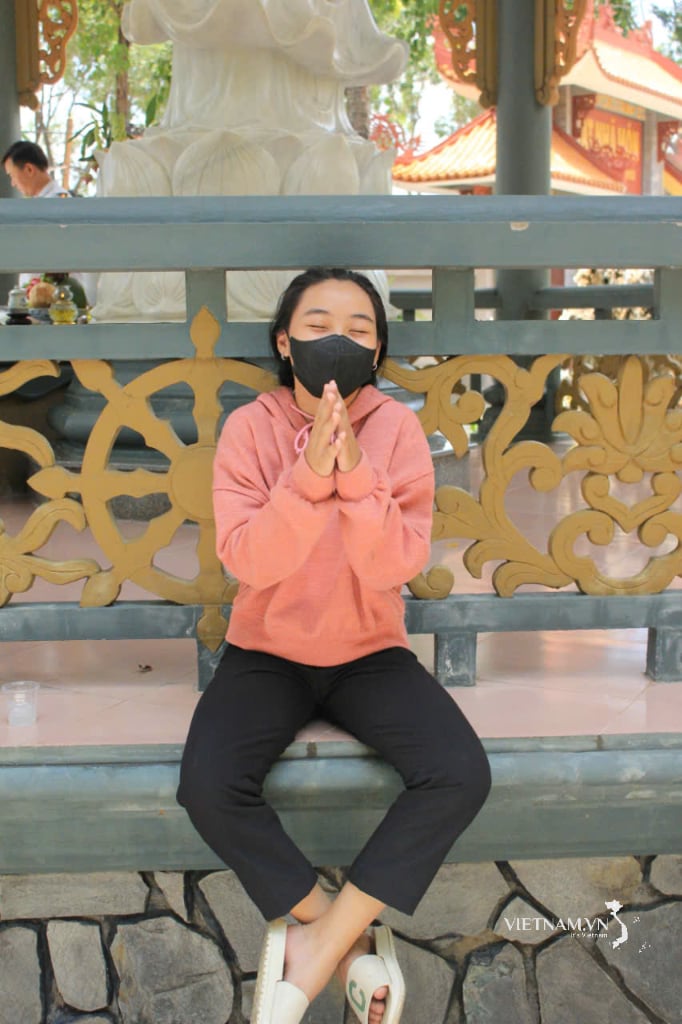
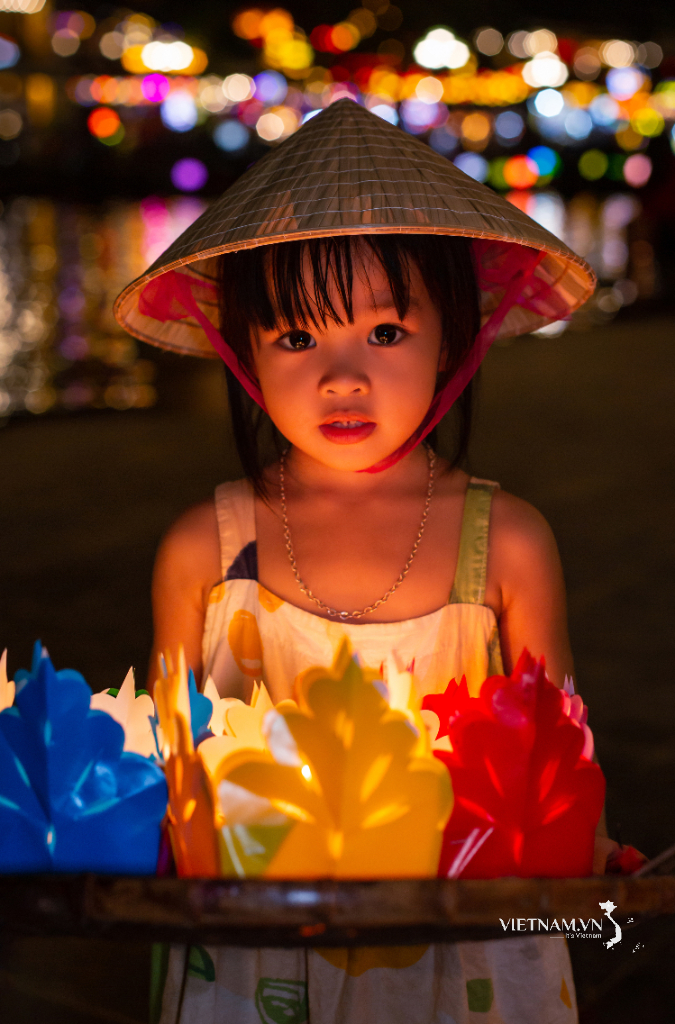
Comment (0)